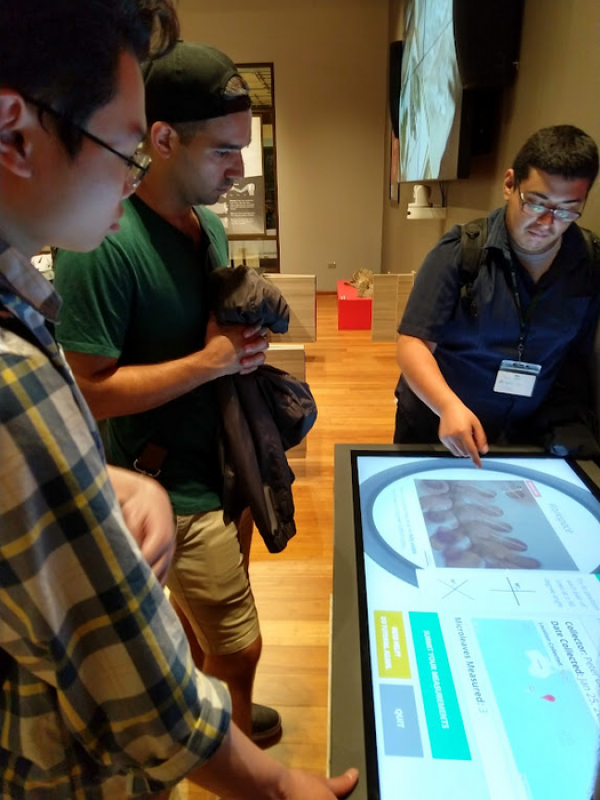Ask any scientist-- for every “Eureka!” moment, there’s a lot of less-than-glamorous work behind the scenes. Making discoveries about everything from a new species of dinosaur to insights about climate change entails some slogging through seemingly endless data and measurements that can be mind-numbing in large doses. Community science shares the burden with volunteers who help out, for even just a few minutes, on collecting data and putting it into a format that scientists can use. But the question remains how useful these data actually are for scientists. A new study authored by a combination of high school students, undergrads and grad students, and professional scientists showed that when museumgoers did a community science activity in an exhibit, the data they produced were largely accurate, supporting the argument that community science is a viable way to tackle big research projects.
“It was surprising how all age groups from young children, families, youth, and adults were able to generate high-quality taxonomic data sets, making observations and preparing measurements, and at the same time empowering community scientists through authentic contributions to science,” says Matt von Konrat, an author of the paper in the journal Research Ideas and Outcomes and the head of plant collections at Chicago’s Field Museum.
“This study demonstrates the wonderful scientific outcomes that occur when an entire community comes together,” says Melanie Pivarski, an associate professor of mathematics at Roosevelt University and the study’s lead author. “We were able to combine a small piece of the Field Museum's vast collections, their scientific knowledge and exhibit creation expertise, the observational skills of biology interns at Northeastern Illinois University led by our collaborator Tom Campbell, and our Roosevelt University student's data science expertise. The creation of this set of high-quality data was a true community effort!”
Read more at Field Museum
Image: Cuong Pham, Jimmy Crigler, and Joshua Torres, then students at Roosevelt University, working on a community science platform in an exhibit at the Field Museum. (Credit: Photo by Melanie Pivarski)


